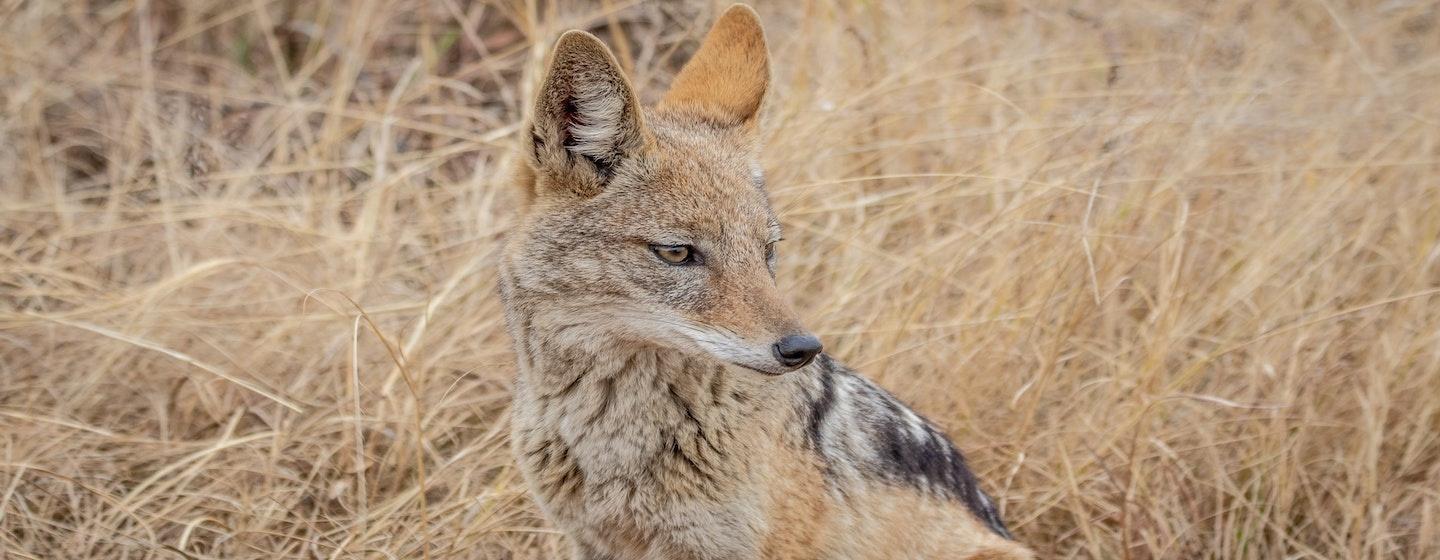Coyotes Can Thrive in Cities


It’s not the Wile-E-Coyote of Roadrunner cartoon fame, but the North Carolina Wildlife Resources commission reports coyotes are found in all 100 counties.
The commission also says that while coyotes generally avoid people, reported sightings of coyotes are increasing and those sighting peak in the spring because the animals are moving around more searching for food to support their newborn pups.
The dens those pups are born in are usually built away from human activity. But as North Carolina becomes more urbanized, contacts with people are common.
Coyotes are thriving in the growing state because they are versatile and adapt well to urban environments. They also don’t need large stretches of forest to survive. A study from Mecklenburg County showed that while coyotes preferred natural landscapes, they did just fine on golf courses and even along woody stretches of highway.
Coyotes can also change their habits to suit their environment. In short, they’re good at living alongside people. Which is why people need to adapt to living with coyotes. The animals wander in search of fruit, small mammals and, in years when large broods of cicadas are emerging from the ground (like 2021), the strange orange eyed insects are a popular treat.
But that also means coyotes will take advantage of pet food left outdoors, as well as food scraps and other tidbits left around homes.
Wildlife experts recommend that pet owners closely supervise their pets while outdoors — especially smaller cats and dogs — because they can easily be mistaken for natural prey.
Falyn Owens, an extension biologist for the wildlife commission, offers these tips:
"Coyotes are opportunistic hunters and prefer an easy meal over one that puts them at risk," Owens adds.
Coyotes rarely attack people. If a coyote does seem to be paying close attention to a person or even follow them, it’s usually because there is a den with pups inside nearby.
"In that case, leave calmly and inform others to avoid the area for a few weeks,” Owens said. “Coyotes use dens like a crib for protecting their newborn pups, and as soon as the pups can survive outside of the den, the coyotes will abandon it."
While coyotes are found in all 100 counties, they’ve only been in the state for 30 years. The animals moved in from the Midwest. To learn about a study at Western Carolina University dealing with how coyotes are interacting with bobcats and foxes, check out the story below.
Bobcats and fox have called the NC mountains home for hundreds of years. Coyotes are new to the area, only 30 years. Researchers are using various tracking methods to studying how the animals are interacting, including sharing food resources and territory.